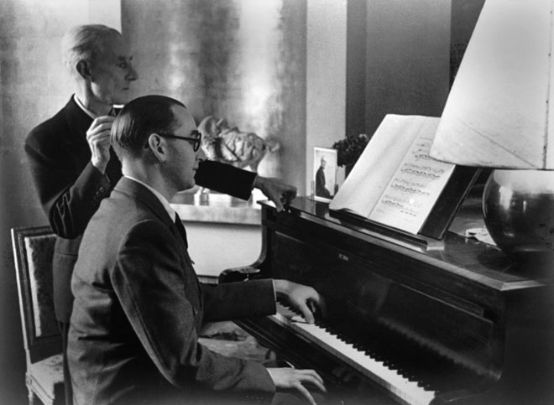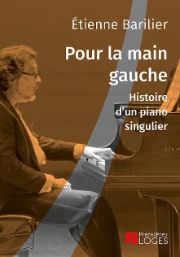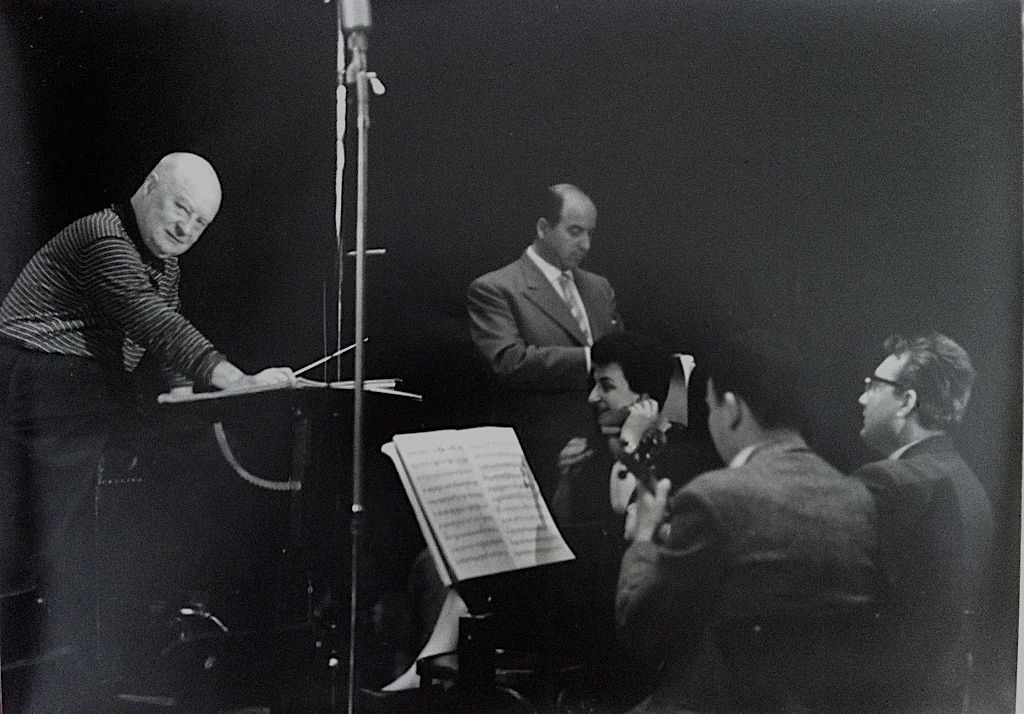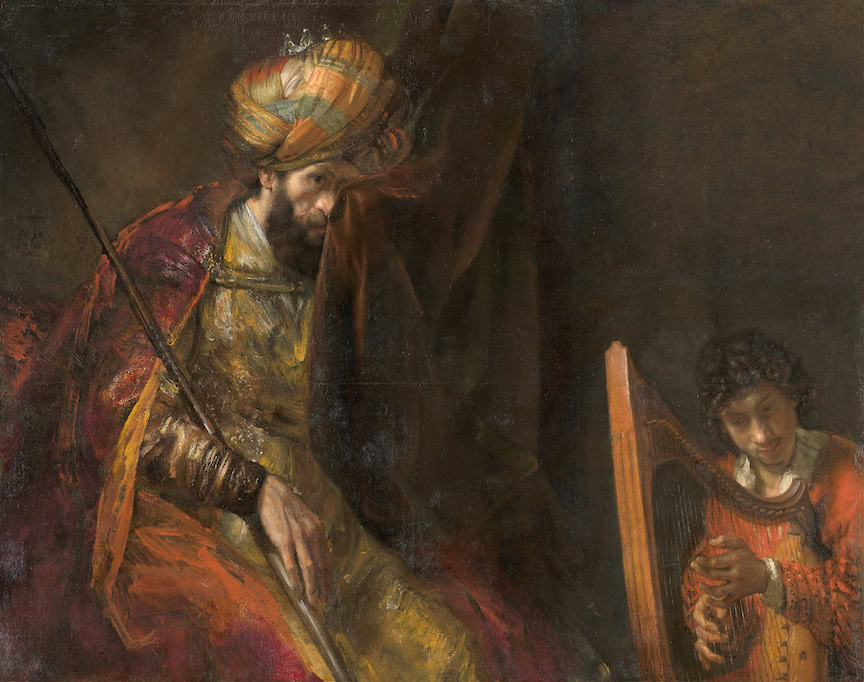The pianist's left hand
This book presents the history of the left-hand piano repertoire, with its main protagonists, from the most famous to the least known.

While early works for pianoforte most often confined the left hand to a simple accompaniment role, the systematization of thumb use and the invention of the "forte" pedal enabled its gradual emancipation over the course of the 19th century, enriching its expressive palette, thanks in particular to Chopin and above all Liszt. After the stage of complete independence, piano compositions in the following century tended to indifferentiate the role of the two hands. At the same time, a repertoire developed for the left hand alone, first in the form of etudes, then virtuoso pieces, before admiration for Bach's limited means of achieving fullness in his works for solo violin or cello prompted Brahms to transcribe for the left hand the chaconne from the Leipzig cantor's second violin partita. Around 1900, Godowsky championed the sinister hand, condensing and compressing most of Chopin's etudes for it, arguing that the disposition of its strong fingers offers more opportunities to bring out the melody than in the dexter, while the tessitura in which it usually moves makes for softer, fuller and more powerful sounds. Apart from a few accidental cases, it was the First World War in particular that rendered several pianists one-armed, some making a virtue of necessity, or at least attempting to overcome adversity. The most famous of these was the egotistical and infatuated Wittgenstein, who was commissioned to write many masterpieces, including Ravel's Concerto in D. He didn't really understand their importance. He didn't really understand their importance, and often disrespectfully altered the scores to make himself look better. Other great pianists with injuries or focal dystonia, such as Schumann, Fleisher and Graffman, are also mentioned in this book published by Editions Première Loges. Combining the rigor of his research with his talent as a writer, Etienne Barilier rescues a number of composers from oblivion, describes the milestones of this repertoire and knows how to captivate his readers.
Etienne Barilier: Pour la main gauche - Histoire d'un piano singulier, 240 p., € 20.00, Éditions Premières Loges, Paris 2021, ISBN 978-2-84385-372-2









